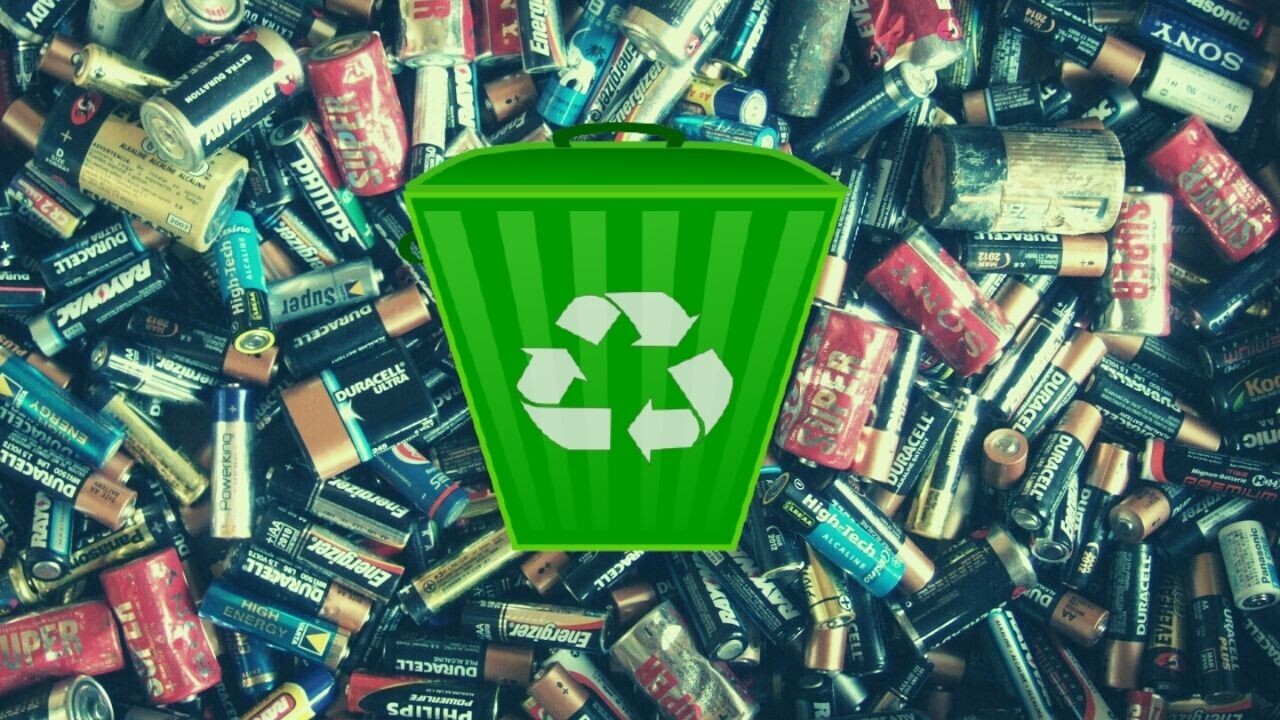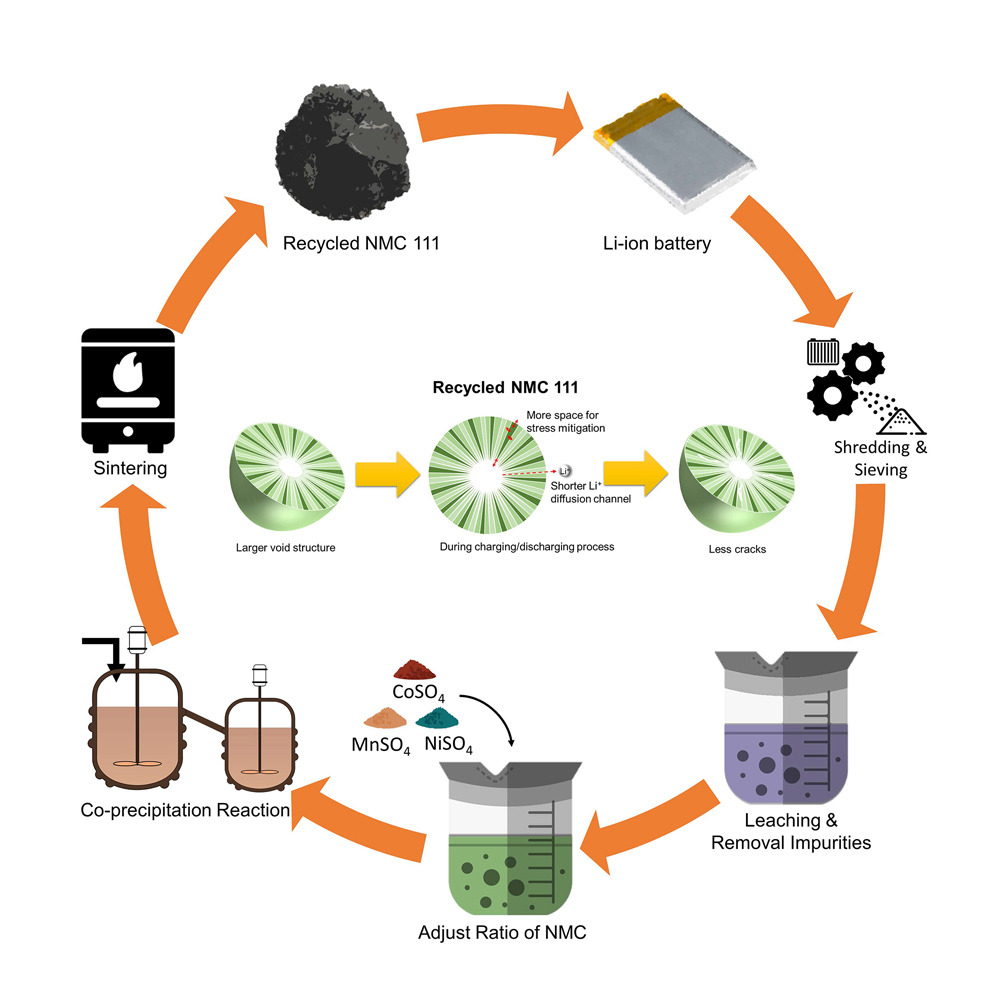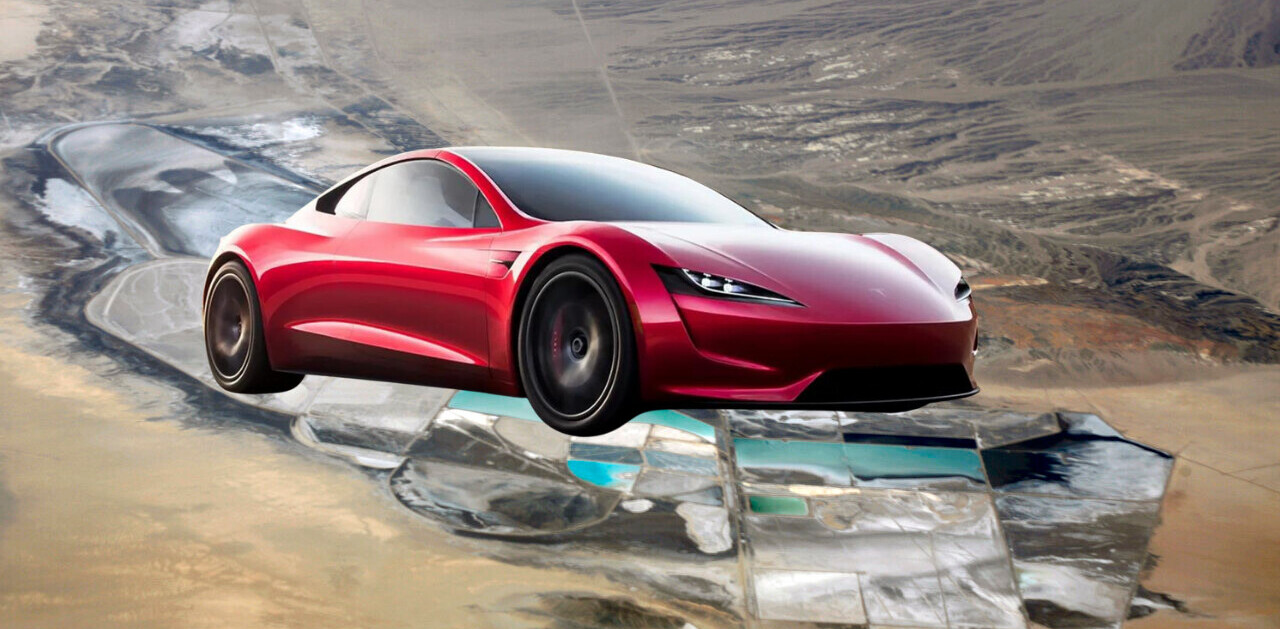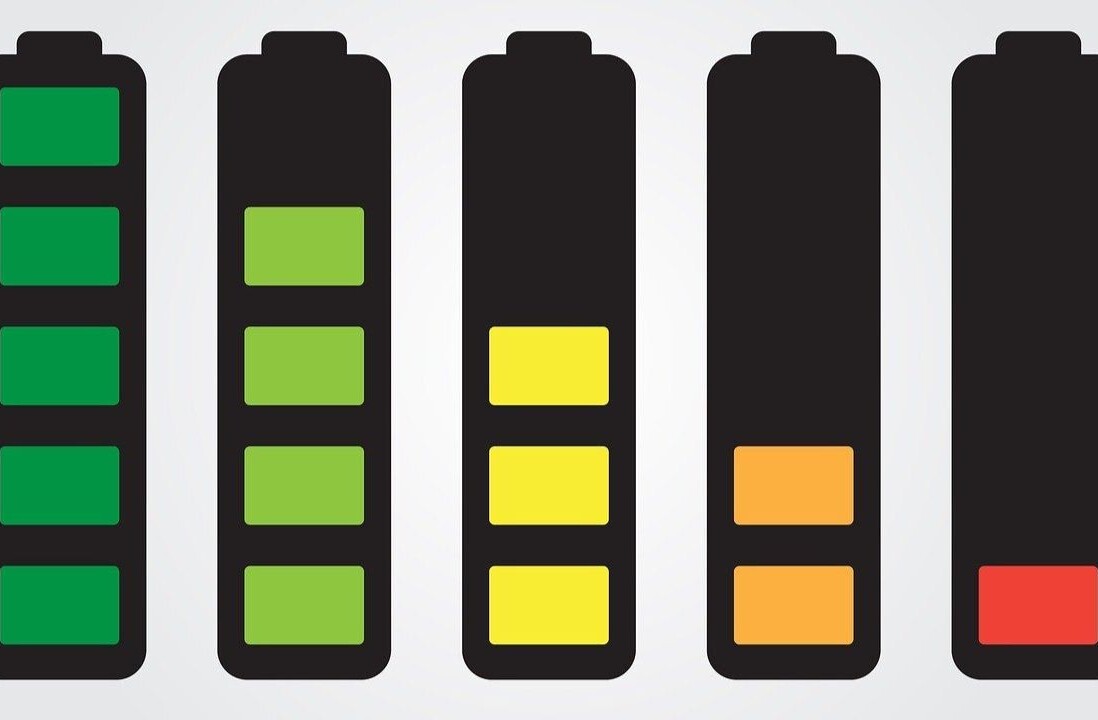
EVs are a green alternative and we love them for that. But they could be even greener if we regularly recycled the valuable metals their batteries contain instead of relentlessly squeezing Mother Earth.
The good news is battery recycling has been getting traction, and there are now many companies in North America and Europe building recycling plants, including Li-Cycle, Northvolt, Redwood Materials, and ReLIB, to name a few.
But here’s the bad news: there’s still a big fat elephant in the room for consumers and carmakers alike — can recycled materials be just as good a virgin ones?
Yes! A thousand times yes! And I have science to prove it.
The cathode is the answer
First up, let’s brush up our physics knowledge.
The cathode is the positive electrode, or simply the positive terminal, of a battery cell. It’s from where the electrical current enters the battery during charge, and leaves during discharge when the battery’s being used to power up the car.
So, yes, it’s pretty important.
Class dismissed, moving on to the scientific proof.
A new study by Professor Yan Wang and a research team from the US Advanced Battery Consortium (USABC), in partnership with battery company A123 Systems, has found that batteries with recycled cathodes are as good as, or even better than brand new ones.
How the research was conducted
The team tested lithium-ion batteries with recycled NMC111 cathodes, the most popular cathode type, which is equally comprised of nickel, manganese, and cobalt.
The researchers’ cathode-making process has roughly the following steps:
- They shred the batteries and remove the steel cases, aluminum and copper wires, plastics, and pouch materials for recycling.
- They dissolve the remaining black mass in solvents, and filter out or chemically separate the graphite, carbon, and any impurities.
- They use a patented chemical technique from Battery Resources, a startup co-found by Wang, to mix the nickel, manganese, and cobalt in desired ratios to make cathode powders.
And voila!

The recycled cathode is cool and effective
The recycled material ended up having a more microscopic porous structure, which makes it easier for lithium ions to slip in and out.
And trust me, we need those little folks to travel from the cathode to the anode (the negative terminal) of the battery as swiftly as possible, because their movement is what stores and releases energy.
According to the research, the new structure produced some amazing results: the batteries displayed the same energy density to those made with commercial cathodes, and showed a longer life by a whopping 53%.
This makes it difficult to argue that batteries with recycled cathodes will leave you stranded in the middle of nowhere, calling for road assistance.
Has the tech been tested in cars?
Not yet. But it’s been tested in comparable industrial simulations.
For instance, the researchers created 11 Ampere-hour industry-standard pouch cells with the same density of materials as in electric vehicle batteries.
Then, they did comparative between the fresh-cathode and the recycled-cathode cells, and found that the recycled material had both superior rate and lifecycle performance.
From what I understand, we’re talking about a very serious prospect. An EV battery that’s more sustainable, and from what it seems, a whole lot better. So yes, I want it.
WHEN can we actually have this tech?
Battery Resources is already using its cathode recycling technology and selling their recycled materials to battery manufacturers, at a small scale for now.
But the company plans to built its first commercial plant, able to process 10,000 tons of batteries, in 2022. It’s also raised $70 with which it aims to open two more factories in Europe by the end of 2022.
And besides, there are other players in the game eyeing cathode recycling — or “direct” recycling, as I’ve learnt today — including Redwood Materials and the ReCell Center.
3 reasons why I want to see recycled-cathode batteries asap
- They’re reportedly better. And who doesn’t want something better from what they have? It’s how our capitalistic consumer mentality works.
- Let’s get serious. The cathode is the most expensive part of the battery. Some 10% to 30% of a cathode is made from cobalt, priced at approximately $28,500 per ton. And guess what. This makes cobalt the priciest element of a cathode, more expensive than nickel, manganese, and aluminum combined.
- The cathode is also the most polluting part of the battery. The mining of the raw materials that comprise it, their virgin refinement, and their transportation overseas increase greenhouse emissions massively.
Basically, successful recycled-cathode batteries could deal with the biggest issues EVs are facing all at once: range and performance anxiety, increased production costs, and environmental impact.
So dear scientists, I’d like to see their commercial application soon.
You can find the research in the academic journal Joule.
HT – IEE Spectrum
Do EVs excite your electrons? Do ebikes get your wheels spinning? Do self-driving cars get you all charged up?
Then you need the weekly SHIFT newsletter in your life. Click here to sign up.
Get the TNW newsletter
Get the most important tech news in your inbox each week.





